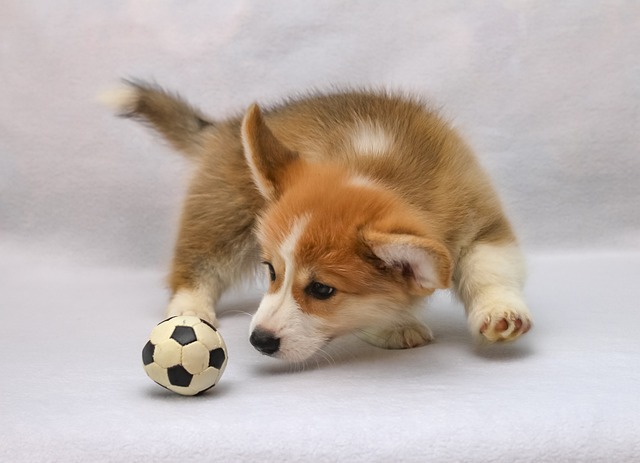
How to remove parasites from dogs' bodies
If you’ve noticed your 6-month-old Pug, Milo, scooting his rear on the carpet or vomiting up tiny white specks, parasites like worms or fleas might be to blame.
If you’ve held two puppy food bags side by side—one labeled “high-protein” and the other “balanced”—wondering which is better for your 12-week-old Australian Shepherd, Ruby, you’re not alone. When I brought Ruby home, I worried high protein would overload her tiny kidneys, so I picked a low-protein option. But after a month, she was lethargic during playtime and her coat looked dull. Her vet’s advice? Most puppies do need high-protein food—just not the “more is better” kind. For first-time U.S. dog owners, it’s about matching protein quality and quantity to their puppy’s growth needs.
Puppies are little growth factories: their muscles, bones, and organs develop faster than at any other life stage, and protein is the building block for all of it. Unlike adult dogs, who use protein mainly to maintain body mass, puppies require 2–3 times more protein per pound. Ruby’s low-protein food left her short on amino acids, which are essential for muscle development and energy. The catch? “High-protein” doesn’t mean cheap formulas with mystery meat by-products—those can stress developing kidneys. It means real, digestible sources like deboned chicken, salmon, or lamb, which her body can use efficiently.
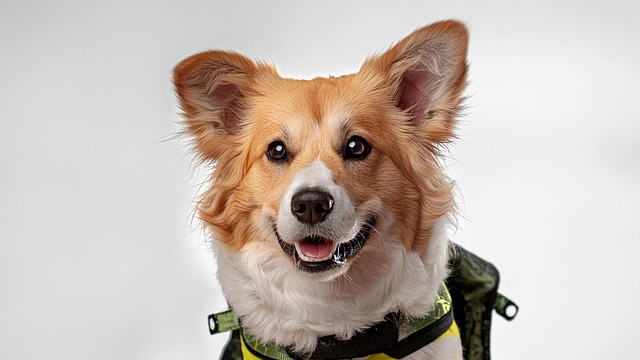
To choose the right high-protein food, start with your puppy’s breed size. Small breeds (like Chihuahuas) thrive on 28–32% protein, while large breeds (like Labradors) need 22–26% to avoid rapid growth that strains joints—look for “large-breed puppy” labels. Always check the ingredient list: real meat should be first, not grains or “meat meal.” For apartment dwellers, split meals into 3–4 small portions daily to prevent bloating; Ruby loved her morning and evening protein-rich kibble with a spoonful of wet food mixed in. If your puppy has loose stools, don’t cut protein—switch to a higher-quality formula; Ruby’s digestion improved once we swapped to a chicken-based brand.
Never scold your puppy for leaving food or eating too quickly—this violates U.S. animal welfare norms and creates mealtime anxiety. Instead, use positive reinforcement: a tiny training treat after she finishes her bowl keeps her excited to eat. Stay compliant with local laws: Keep up with her vaccine schedule (puppies need boosters until 16 weeks) and carry waste bags on potty walks—cities like Los Angeles fine up to $200 for not cleaning up. When walking in your community, keep her on a short leash and reward calm behavior around neighbors to build good manners.
Most puppies need high-protein food—but it’s about quality, not excess. With the right formula and routine, your puppy will grow strong, energetic, and ready to enjoy every walk and play session with you.

If you’ve noticed your 6-month-old Pug, Milo, scooting his rear on the carpet or vomiting up tiny white specks, parasites like worms or fleas might be to blame.
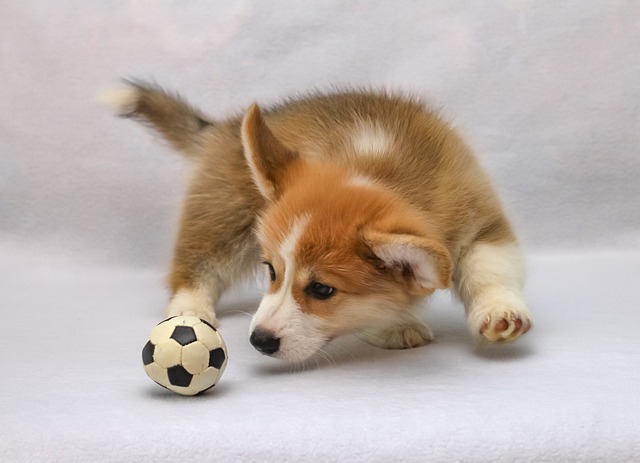
If you’ve stared at your dog’s dull, flaky coat or watched them scratch until their skin is raw, you’re probably wondering what you can feed or use to help.

Noticing your dog constantly scratching or seeing flakes of dandruff on their favorite bed can be worrying.
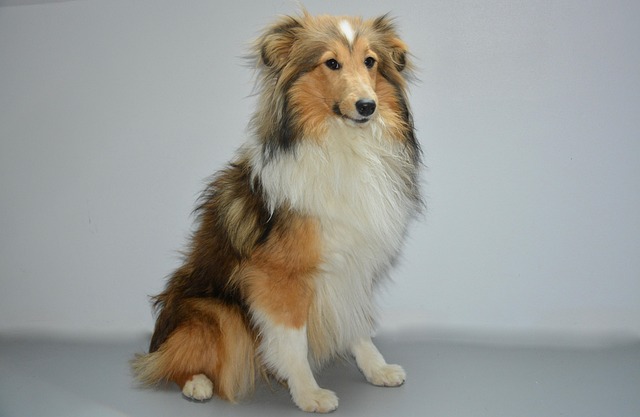
You walk in to find your dog growling at his bed, paws digging furiously or even nipping at the fabric—and you’re left wondering what’s going on.
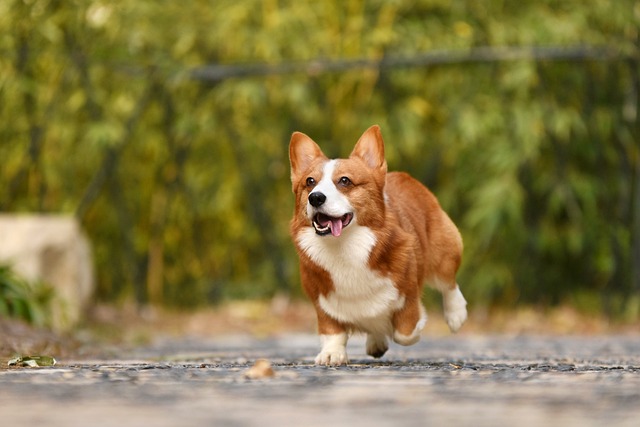
If you’ve spent mornings cleaning up loose stools or noticed your dog hesitating to eat after a food switch, you’re probably hunting for a protein that won’t upset their tummy.

If you’ve held two puppy food bags side by side—one labeled “high-protein” and the other “balanced”—wondering which is better for your 12-week-old Australian Shepherd